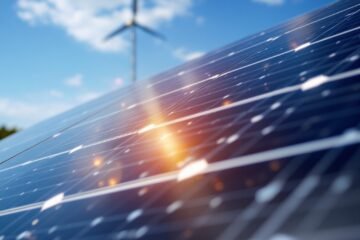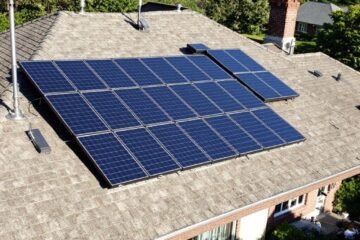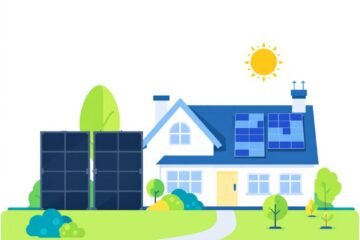An Overview of Problems with Solar Panels on Roofs
Solar energy is becoming a more popular solution for homes to save money on electricity bills and lessen their carbon footprint. Solar panels installed on a home’s roof is one of the most prevalent ways to harvest solar energy. While solar panels provide numerous advantages, there are certain problems with solar panels on roofs that homeowners should be aware of before installing them.
Solar panel installation on a roof entails attaching photovoltaic cells to the roof’s surface to convert sunlight into power. This electricity can then be used to power the residence or even profitably sold back to the grid. However, homeowners should be aware of several potential issues before installing solar panels on their roofs.
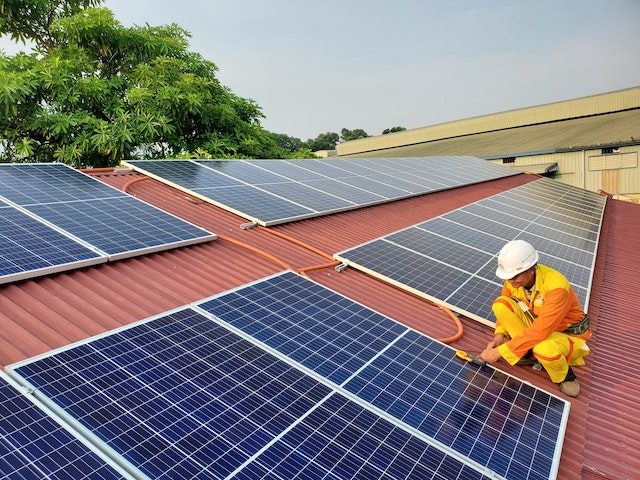
One of the problems with solar panels on roofs is the cost and upkeep required for installation and maintenance. Installing solar panels can be a considerable investment, and homeowners should budget for continuous care, such as cleaning and damage monitoring. Furthermore, solar panels are susceptible to weather damage, such as high winds, hail, and heavy rain, which can result in a roof leak, and expensive repairs.
Another major issue with rooftop solar panels is shadowing and obstruction. Solar panels require direct sunshine to perform correctly; thus, any shading or obstacle produced by surrounding buildings, trees, or other objects can significantly diminish their energy output. To address this issue, homeowners may need to cut trees or change the angle of the panels.
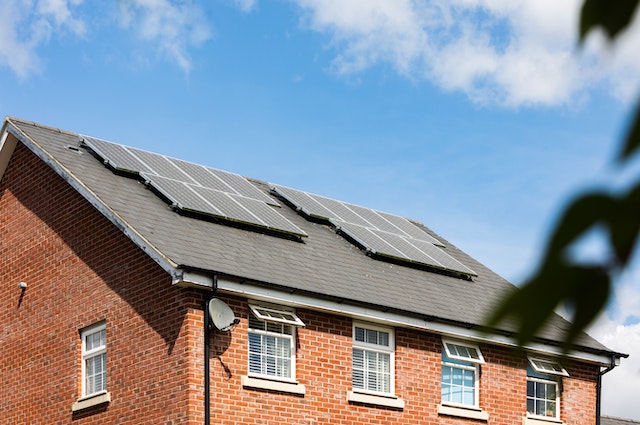
Finally, homeowners association (HOA) limitations might be challenging for people looking to install solar panels on their roofs. Some homeowners’ associations may have restrictions prohibiting residents from installing solar panels, which can be a substantial hurdle for those wishing to harvest solar energy.
Before choosing, examine the potential benefits and drawbacks of solar panel installation on your roof. While there are potential problems, the benefits of solar energy, such as cheaper energy bills and a lower carbon footprint, may outweigh the drawbacks.
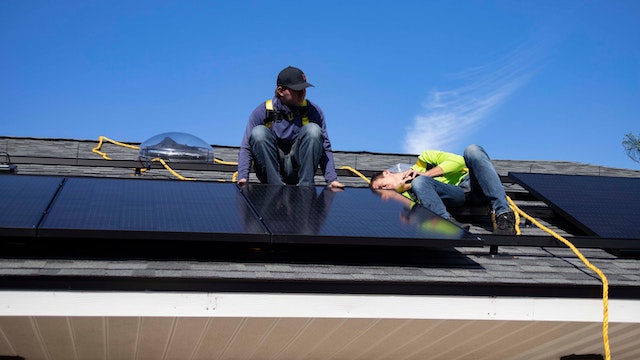
Installation and maintenance
One of the critical problems with solar panels on roofs is the cost and upkeep required for installation and maintenance. Installing solar panels can be a considerable investment, and homeowners should budget for continuous care, such as cleaning and damage monitoring.
Solar panel installation on a roof entails attaching photovoltaic cells to the roof’s surface to convert sunlight into power. However, the right panel placing and fastening is critical to ensuring optimal energy output and preventing damage to the panels or roof. This can be difficult, especially on older or structurally deficient roofs. Before installing solar panels, homeowners may need to make considerable repairs or changes to their roofs, which can increase the project’s entire cost.
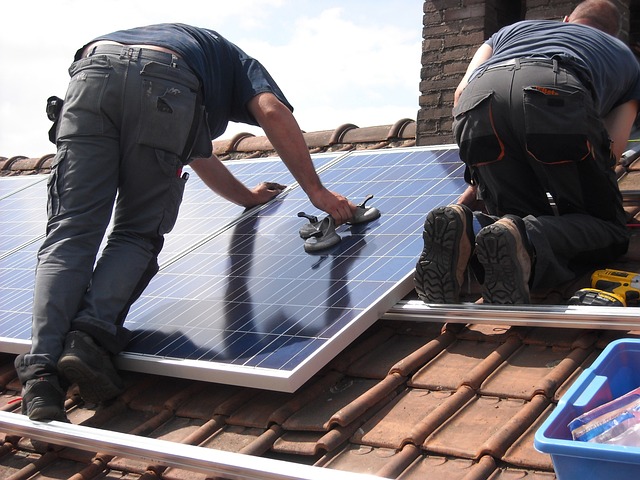
Homeowners will also need to budget for continuous maintenance once the solar panels are installed. This includes cleaning the panels regularly to eliminate dirt, dust, and other material that can build up over time and diminish energy production. Additionally, homeowners must monitor the panels for signs of damage, such as cracks or broken cells, and act quickly to remedy any issues.
The cost of installation and upkeep might vary substantially depending on the project’s size and complexity, as well as the home’s location. Homeowners in some states may be eligible for incentives or tax credits to help cover the costs, but these programs are subject to change.
Before placing solar panels on their roof, homeowners should consider the future expenses of installation and upkeep. While the advantages of solar energy, such as lower energy prices and a smaller carbon footprint, may outweigh the disadvantages, it is critical to have a realistic grasp of the expenses involved.
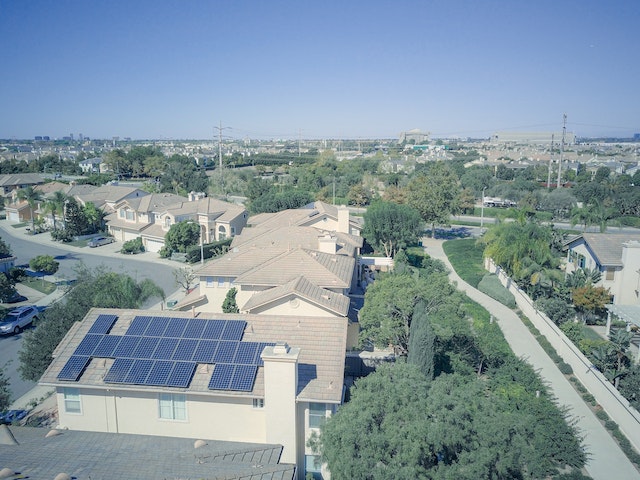
Weather-related Damage
Another issue with solar panels on roofs is the potential for damage from severe weather events. Weather damage to solar panels, such as high winds, hail, and heavy rain, can result in costly repairs and reduced energy generation.
Solar panels can sustain substantial damage in high winds, especially if they are not correctly attached to the roof. Strong gusts can even cause the panels to dislodge from the roof, causing substantial damage to both the panels and the roof.
Another meteorological phenomenon that might damage solar panels is hail. Hail damage can crack or smash the top glass, and break the solar cells that comprise the panel, decreasing energy production and necessitating costly repairs.
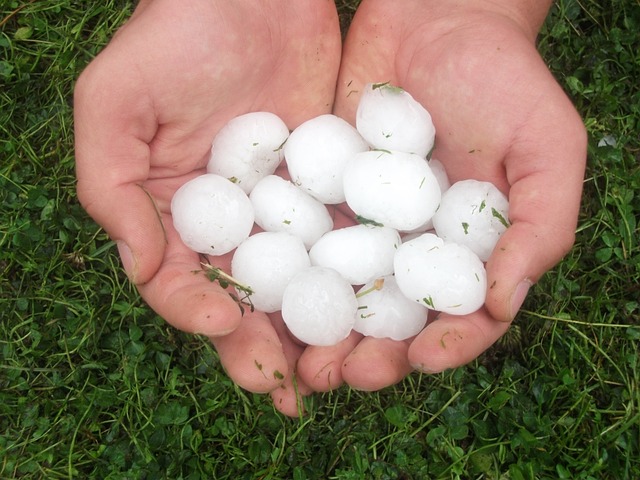
Solar panels can potentially be damaged by heavy rain. If water gets into the panel’s electrical components, it can produce a short circuit and cause substantial damage. Furthermore, heavy rain might cause roof water damage, which can be a concern if the solar panels are not adequately sealed.

Weather damage to solar panels can have profound implications. Damaged panels will produce less electricity, raising households’ energy expenses. Furthermore, the cost of repairs can be substantial, mainly if numerous panels are destroyed, or the damage is considerable.
Before placing solar panels on their roof, homeowners should consider the possibility of weather damage. Considering the local temperature and weather patterns is critical to guarantee that the panels are correctly attached to the roof and protected from harm. While weather damage is always possible, sound installation and upkeep can help mitigate it.
Obstruction and Shading
Another major issue with rooftop solar panels is shading and obstruction. Solar panels require direct sunshine to perform correctly; thus, any shading or obstacle produced by surrounding buildings, trees, or other objects can significantly diminish their energy output.
Shading occurs when an object, such as a tree or a structure, hinders sunlight from reaching the solar panels. This can occur at any time of day but is most common in the early morning and late afternoon. Even minor shading can significantly impact a solar panel’s energy production.
Solar panel efficiency can also be impacted by obstruction. This can happen when an object, such as a chimney or vent, hinders the airflow around the panel, causing it to overheat and produce less energy.

A range of elements, including adjacent trees and buildings and the sun’s location, can generate shading and obstruction. For example, a tree that is small when the solar panel is put up may grow to shade the panel over time, or a structure may be built nearby that prevents the sun from reaching the panel.
Trimming trees or altering the angle of the panels are two potential remedies for shadowing and blockage. In addition, trimming trees or vegetation shading solar panels can help them produce more energy. Changing the angle of the panels can also maximize the amount of sunshine they get.
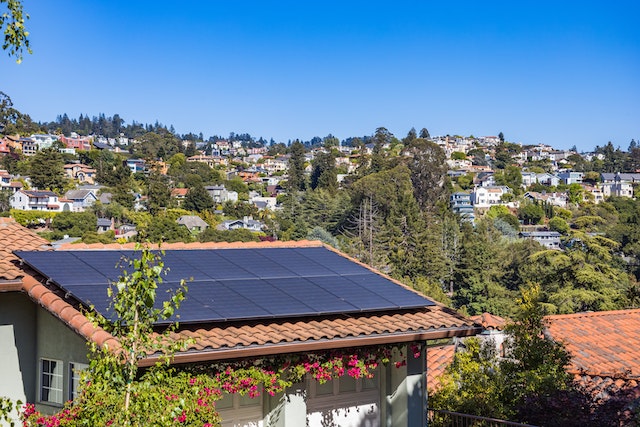
Before installing solar panels on their roof, homeowners should consider the possibility of shadowing and blockage. In addition, it is critical to consider the local temperature and weather patterns and ensure that the panels are correctly positioned to reduce shadowing and blockage. While shading and blockage are always problems, these can be mitigated with careful installation and maintenance.
Restrictions with Homeowners Associations (HOAs)
Another issue is that homeowners considering installing solar panels on their roofs may encounter restrictions imposed by homeowners associations (HOAs). Some homeowners’ associations may have restrictions prohibiting residents from installing solar panels, which can be a substantial hurdle for those wishing to harvest solar energy.
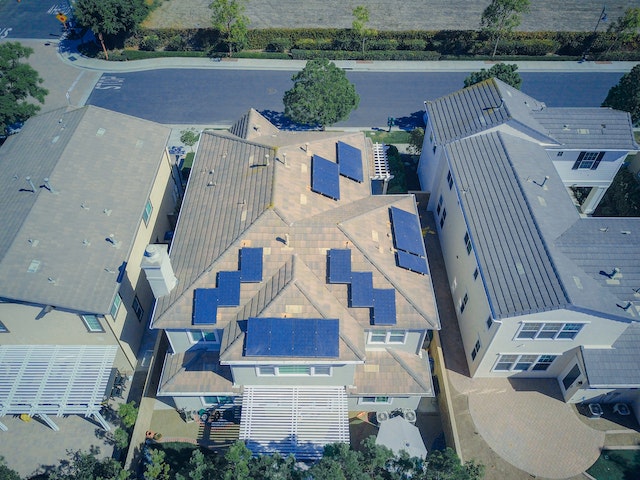
In various ways, homeowners’ associations can prevent them from installing solar panels on their rooftops. For example, they may have laws prohibiting the installation of solar panels entirely, or they may have limits governing the panels’ size, placement, or look. These constraints can make installing solar panels on a homeowner’s roof difficult, if not impossible.
HOA regulations can have profound implications. For example, missed energy-saving options can increase household energy bills. Furthermore, solar panel regulations may affect property prices since potential purchasers may regard a home with restricted solar alternatives as less appealing.
There are various potential remedies to HOA restrictions, such as campaigning for changes in HOA bylaws or investigating alternate energy sources. In addition, homeowners might collaborate with their association to educate them on the benefits of solar energy and the potential savings. They can also lobby for changes to HOA laws that make it easier for homeowners to install solar panels.
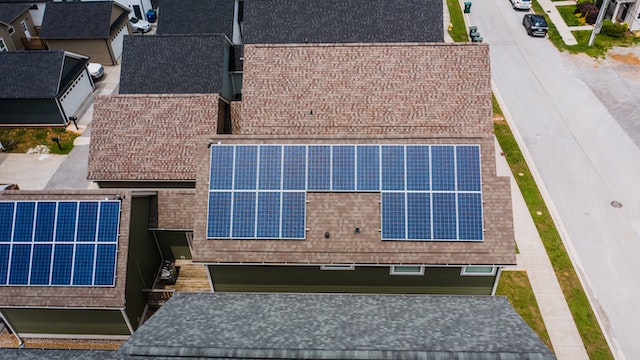
Another option is to look into alternative energy sources. Establishing solar panels on a detached garage or shed, for example, or installing a community solar system shared by numerous residences, are two options for homeowners.
Before installing solar panels on their roof, homeowners should be aware of any HOA regulations. While HOA regulations might be a substantial impediment, there are methods and alternatives that homeowners can consider to harvest solar energy.
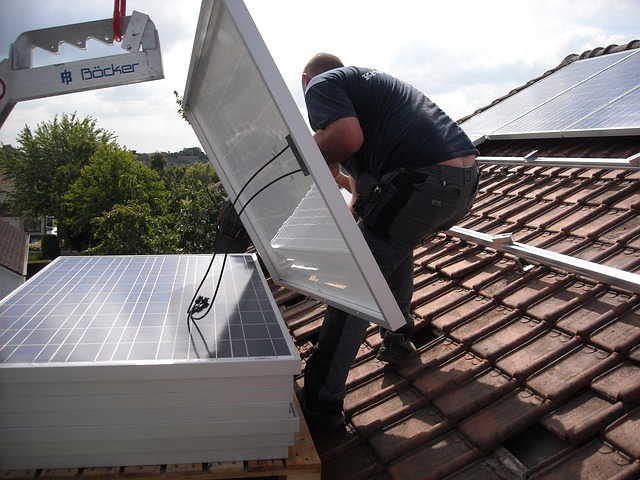
Final Thoughts on the Problems with Solar Panels on Roofs
Roof-mounted solar panels can help you save money on energy and minimize your carbon footprint. However, homeowners should be mindful of problems with solar panels on roofs, including installation and maintenance costs, weather damage, shading and obstruction, and HOA regulations. Despite these possible issues, the advantages of solar energy outweigh the disadvantages. Before making a decision, homeowners should assess the prospective benefits and drawbacks. The benefits of solar energy can be significant with proper installation and upkeep, making it a worthwhile investment for many homeowners.
